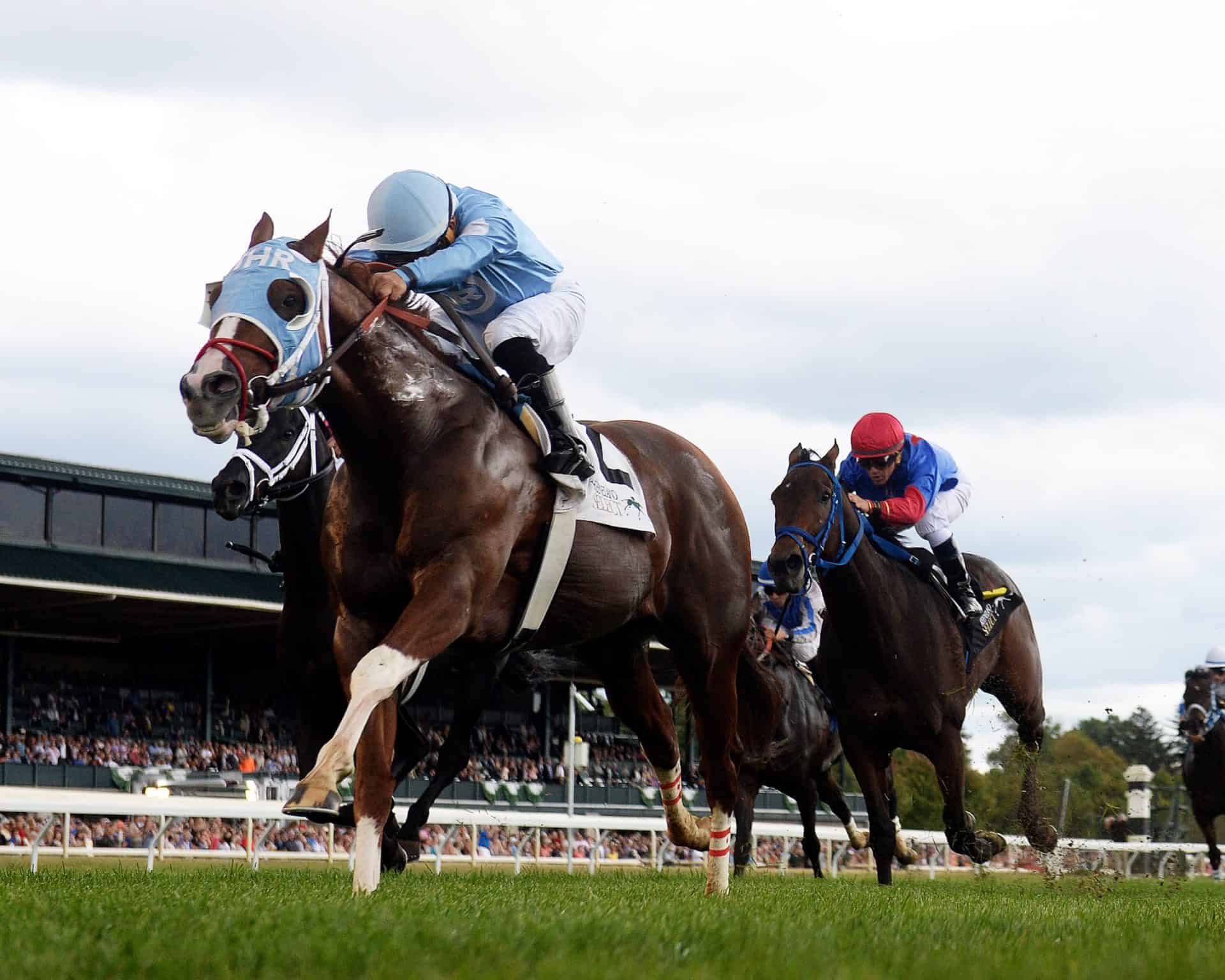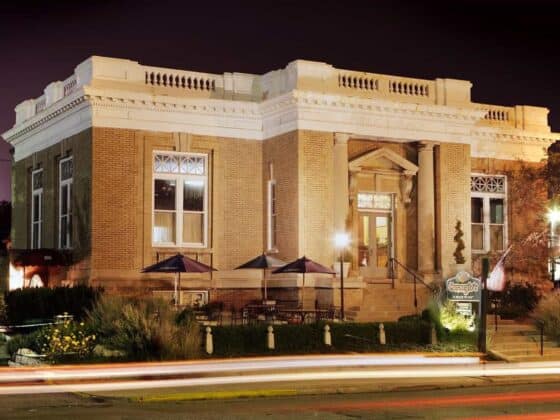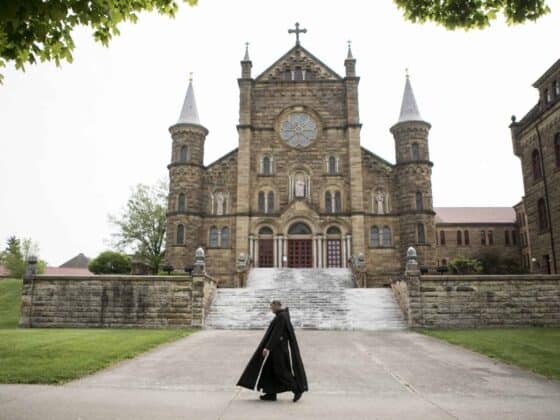Story by Cathy Shouse
It’s called fractional horse ownership. You join a group of like-minded enthusiasts and invest in the sport without having to take full responsibility for the wins and losses. The initial investment can be as low as one payment of $250. Plus, some investors are finding new friends or strengthening old friendships along the way.
Fractional partnerships are set up according to what the members want, and can vary. Some of them only enter horses in competition in Indiana and others venture farther. The percentages of ownership may be different; the number of horses that are owned varies, and how the agreements are ended can be individualized. Depending on the agreement, a partnership may end when a horse is claimed or purchased. On the flipside, after the sale, the partners may decide to continue on and go out looking for another horse to purchase.

Tim Glyshaw is a trainer who works with horses across the country and has roots in Indiana, including a degree from Indiana University. Glyshaw’s clientele includes a few fractional horse partnerships.
“The great thing is, fractional ownership gives everyday people, not just ultra-rich people, a chance to participate in horse racing,” Glyshaw said. “If you only own a percentage of the horse, it obviously cuts down on your expenses. In Indiana, our racing season goes from mid-April through mid-November.”
One Indiana fractional ownership group success story was a horse named Bucchero, owned by a group called Ironhorse Racing Stables, LLC. Their name came from the nickname for baseball great Lou Gehrig, who was known as the “Iron Horse.” After a highly successful campaign, earning close to one million dollars, Bucchero was retired in 2018 as the highest money-winning, Indiana-bred horse in history. Bucchero’s crowning glory might have been when he was accepted and raced in England at the Royal Ascot. If there was any doubt, fractional owners are just as serious about competing as other owners are.
“The investors in Ironhorse are from all over, from Nebraska, Wyoming, California, New York…,” Glyshaw said. “They’re all in contact with each other, and get emails about when the horses compete, even if they don’t all go to every race. If they weren’t friends before, they can become friends. Another of the groups is simply a partnership of ten friends who each owns ten percent.”

Partnerships can be created to own any of the three breeds of racehorses in Indiana—Thoroughbred, Quarter Horses and Standardbreds, according to Megan Arszman, marketing and communications director for the Indiana Horse Racing Commission. “Success can be found with the horse winning a single race, or even one of the most well-known races, like the Kentucky Derby,” she said.
“Smarty Jones was probably one of the most famous horses owned by a fractional partnership,” Arszman said. “He was owned by a large group of high school buddies. They arrived at races in an old school bus. He won the Kentucky Derby and the Preakness Stakes in 2004.”
Harrah’s Hoosier Park, Indiana’s harness racing pari-mutuel track, just announced the return of their fractional ownership group for 2020. The group is called First Turn Stable, and the horse will race at the Anderson track exclusively, allowing for owners to experience the thrill of owning a racehorse and seeing their horse often. Arszman said people still tend to think of horse owners as being business people, millionaires, and entrepreneurs, but fractional ownership turns that idea on its head, and all are welcome.
“Fractional ownership is considered the future of horse racing because it allows the every day person to get involved,” she said. “It’s getting to be more popular and a little bit more mainstream. There are a number of groups racing in Indiana always looking for more investors.”
If the idea of owning a racehorse intrigues you, reach out to the Indiana Horse Racing Commission: 317-232-2897 or go to www.in.gov/hrc/




